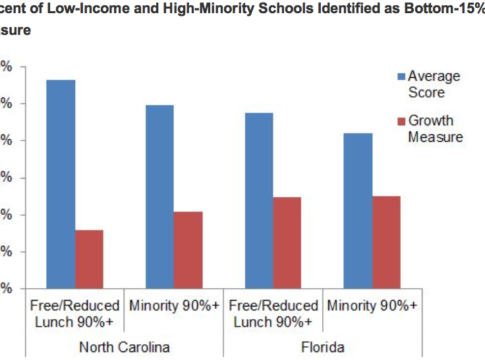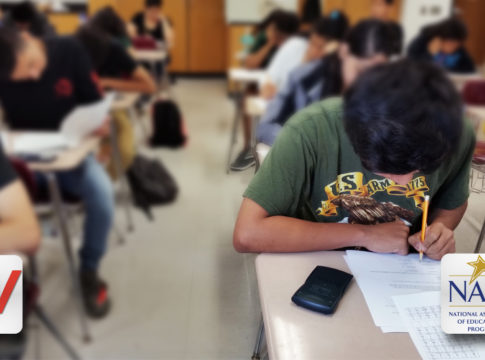The cost of standardized tests, long assailed by testing critics as too high, has resurfaced in the debate over reauthorization of the No Child Left Behind Act currently underway in Congress. The National Education Association (NEA) has argued that funds spent on testing could be “better spent on high-quality early childhood education, health care, after-school programs, and support services.” Recently, the New Jersey Education Association released poll results indicating that a majority of voters and parents think that “too much money is spent on testing.”
Testing critics usually point to estimates of total spending on assessments; a commonly cited figure—$1.7 billion spent by states each year—comes from a report I wrote in 2012. [1] But what these claims always miss is that, however calculated, spending on testing is barely a drop in the bucket of a public education system that spends over $600 billion per year.
If testing were eliminated entirely, what could schools do with the $1.7 billion saved? Very little, it turns out. Teacher salaries could be increased by one percent or pupil-teacher ratios could be reduced by 0.1 students. The $34 per student spent by states on federally and state-mandated tests simply isn’t very much in a system that spends about $10,000 per student. Put in the context of the NEA position, $34 per student would not buy very much early childhood education—only eight hours of preschool per student in Florida to be exact. [2]
A retreat from annual testing would be penny-wise and pound-foolish. Testing makes it possible to measure the performance of students, teachers, and schools, and enables research aimed at improving student learning. And annual tests help level the playing field between schools, enabling policymakers to judge schools based on how well they serve their students, rather than the type of students they serve.
Critics of testing raise some legitimate concerns about the quality of tests. But those who deride “bubble tests” can’t have it both ways, as states generally can’t buy higher quality tests at a lower price. Upgrading assessments to make them more suitable for use in high-stakes decisions, such as by lessening the focus on multiple-choice questions, likely entails increased costs (especially for scoring).
States are required to administer uniform tests, but whether they spend enough to get a high-quality test has become a politicized decision. In my 2012 study, I found many examples of states that spend well below the average. Those truly concerned about the prevalence of low-quality tests might ask Congress to restrict a small amount of federal education funding, such as $30 or $40 per student, to be spent only on assessments. This minor tweak to NCLB can be accomplished without an increase in total spending, and would insulate state policymakers from political pressure to compromise on assessment quality at the expense of students.
— Matthew M. Chingos
Notes [1] The $1.7 billion estimate is from 2012, but the Common Core tests being adopted by many states are in the same price range as the previous generation of tests. [2] This is based on the 540-hour program, which had a per-student state allocation of $2,437 in 2014-15.





